|
|
DR. IDA S. SCUDDER ORATION CHRISTIAN MEDICAL COLLEGE, VELLORE
01-12-2005 : Vellore
'The Research Challenges of Healthcare'
I am happy to visit Christian Medical College (CMC), Vellore and deliver the Dr.Ida Scudder Oration today. On this day I am reminded of the dedicated service rendered by Dr.Ida Scudder who started a single bedded hospital in Vellore, which has now grown into a hospital with over 2000 beds with 117 specializations. As a Gynecologist she used to go to the villages meet people and treat them. Today people from many parts of the country and other countries such as Bangladesh, Pakistan, Sri Lanka, Myanmar visit the Centre and seek quality treatment. CMC Vellore has pioneered in the field of open heart surgery, renal transplant and bone marrow transplant were performed. It is amazing to find that this hospital employing over 5,000 members in all including Doctors and Paramedical professionals, treats 4500 Out Patients and 2000 in-patients, conducts over 100 operations and looks after 30 births in a day. In addition CMC gives the country 60 doctors, over 90 Post graduate doctors and 23 super specialists. Also, the CMC trains over 150 nurses and 190 paramedics. This is an important human resource development activity for the nation. My greetings to the specialist doctors, nurses and para-medical personnel, support staff and medical students. I have selected the topic for the oration today is 'The Research Challenges of Healthcare'.
Tradition of Research and Vision
Recently, I met Dr. Charles Cummings and his team, of the Johns Hopkins University Board and his team. I asked him, a question which was in my mind, "Dr Charles, What made Johns Hopkins a world class medical research institution in addition to its cherishing societal missions?" His answer was, "it is due to a great tradition, and it started with a number of visionaries simultaneously with value system, focused missions and the nature of working together. The most important aspect is the research, research base and the quantity of clinical data added everyday. This tradition continues even now. Indeed it is a great message from Dr. Charles." I am sure, every medical institution in the country should imbibe this culture that comes out of research tradition, leading to the results of the research reaching the people in the form of medicare, medicines or vaccines. I recall, in India one of the leading institutions in Hyderabad L.V. Prasad Eye Institute has set a tradition of providing quality eye care particularly with social commitment of 1:1. 1:1 implies one free eye care service for every paid eye care service provided by the Institute. Also, they have a tradition of excellent research in Ophthalmology and they are spreading the mission to various parts of the country particularly their research in stem cell which has led to the restoration of eye sight to 300 patients with burn affected eyes.
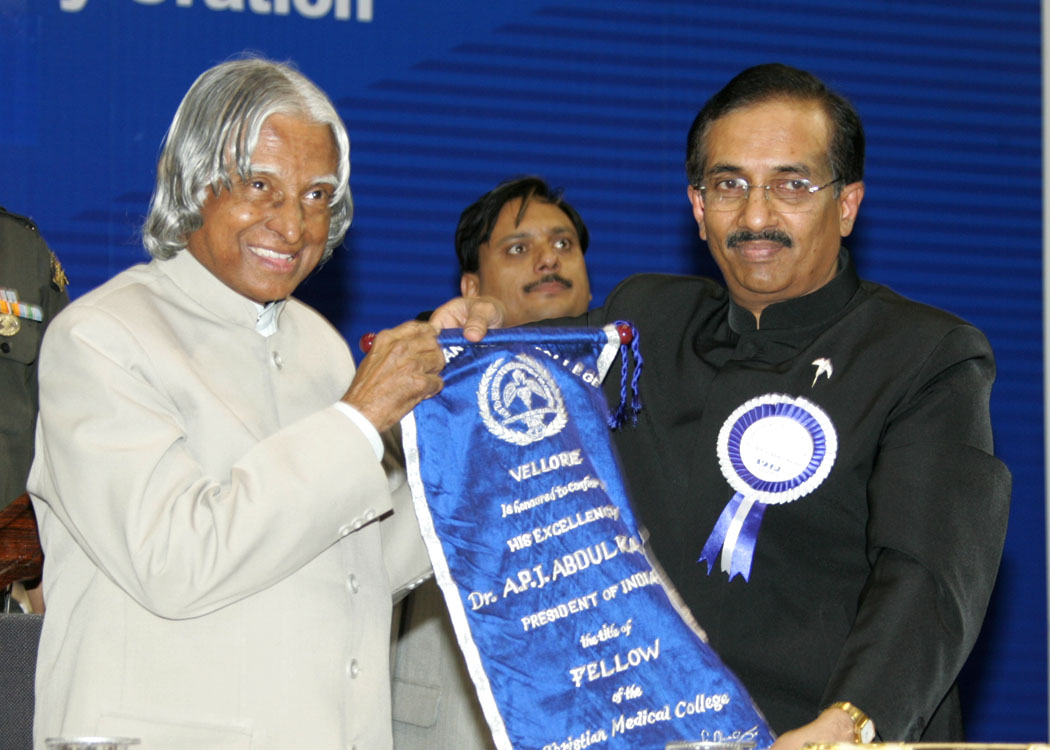

Molecule to Drug
I realize the research to realization of approved medical products takes nearly 7 to 10 years. That means: when India in an year invents say thousands of molecules, at least 10 to 20 should graduate into an approved medical product. But if it is realized within the country it will be very cost effective and also internal wealth generator. Recently, I have visited a number of public and private sector medical and pharmaceutical R&D centres. In every laboratory I was very happy to see a large number of scientists working in the frontier areas of Pharma sector, particularly in the private sector which provides them strengths to become globally competitive. Our R&D institutions should take up development of vaccines for malaria, anti-vaccine for HIV, a robust drug for TB and other water borne diseases on highest priority. The great tradition India nurtured over many centuries must emerge again and multiple health research centres must flourish.
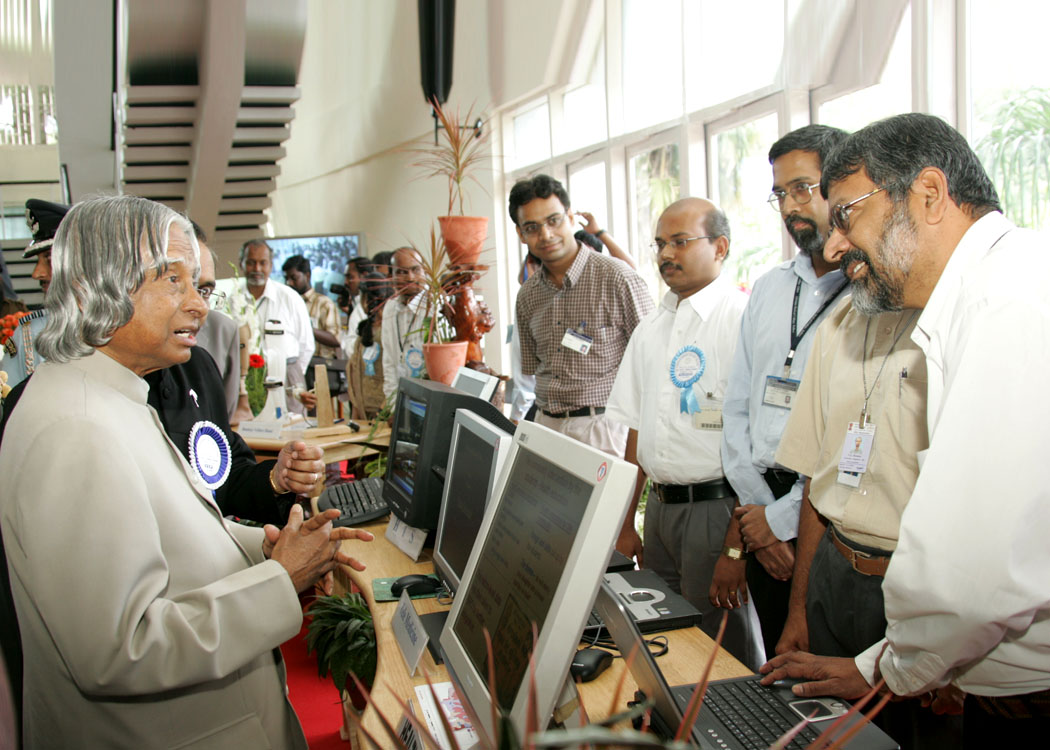

Scientific Medical Healthcare Management
Every country has a specific combination of sanitary conditions, nutrition, life style, disease pattern and possible solutions. Naturally, the research has to be nation specific and also in certain cases region specific so that we can provide an integrated solution to the prevention or cure of a particular disease. In this connection I would like to talk to you about a strategy adopted in a beautiful hill region in India which I am fully familiar with.
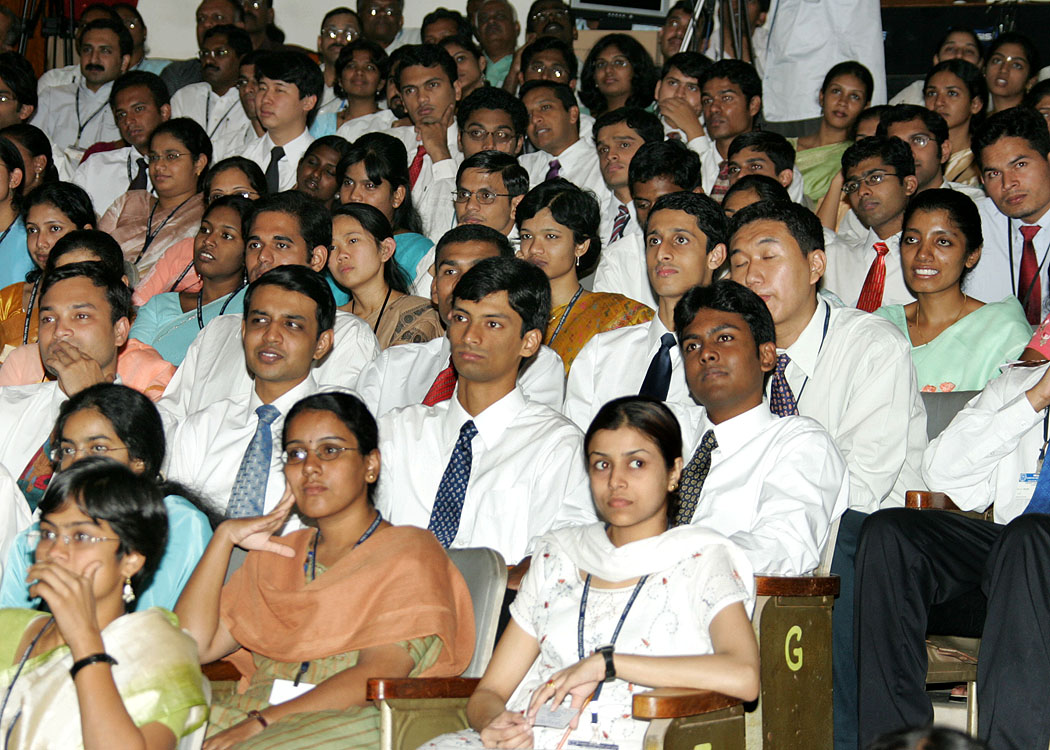

Mobile Clinics in Hill Regions
On 19th October 2002, I participated in the launching of a Mobile Clinic and Research Centre in Uttaranchal. This effort was piloted by the Technology Information, Forecasting and Assessment Council [TIFAC], the Government of Uttaranchal, Birla Institute of Scientific Research and many other agencies. After three years of its operation, I found this mobile clinic has been used in six districts of Uttaranchal and treated nearly 45,000 patients during this period. Among the patients treated, 48% belong to the below poverty line category. They have taken 10,000 ultra sound, 5,600 X-rays, 1800 ECGs and nearly 21,000 lab tests. The mobile clinic has documented the disease profile of the patients in the region (six districts) which falls into the following categories: acute peptic ulcer, anemia, anti-natal, chronic obstructive pulmonary diseases, hyper tension, pelvic inflammation, renal calculi, upper respiratory tract infection and worm infection. This type of analysis has been possible because of computerized system of clinic management introduced right in the beginning. Also, the mobile clinic has been used in regions which are normally inaccessible and where organized medical facility is not available. This, I consider as the best form of reaching the healthcare to the neediest people in the country. This is a low cost solution with committed healthcare personnel and institutions. I would recommend CMC Vellore to have a mobile clinic moving to different villages located around Vellore and conduct periodic medicare camps so that the number of patients coming as Out patients will substantially reduced. The clinical data provided by this model will be useful for the researchers in the medical college. Additionally mobile clinic data must be networked so that the integrated data from various hospitals can provide a definite direction for healthcare research. When I was in the J&K border at Tangdhar and Uri sector, I interacted with the patients in Uri and specialist doctors in Sri Nagar through the ISRO telemedicine network established in these places. A combination of mobile clinic and tele-medicine facility can provide quality medicare to people living in remote areas. Now I would like to discuss about health status of our country (India) and specific measures needed for improving the healthcare status.
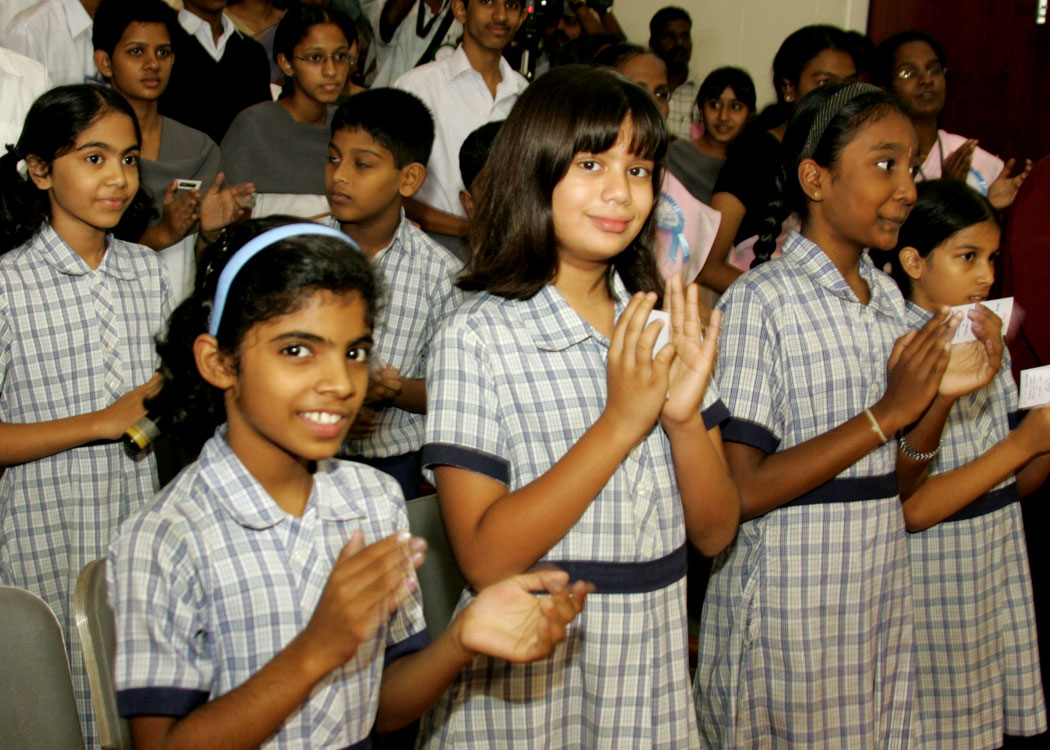

Health status of India
India has made considerable progress in its health status since its Independence and particularly during the last fifteen years. At the time of Independence, the life expectancy of an Indian was less than thirty years. Between 1991-2005, the life expectancy of Indians has gone up from 58 to 64.35 years, infant mortality has come down from 87 to 60 deaths per 1000 live births and population growth rate has decreased from 1.9% to 1.4%. Still infant mortality is very high. We have to bring it to the level which has been achieved by Kerala that is 1.56%.
I would like to briefly talk to you on some of the diseases and actions proposed and future need. Our experiences will definitely be shared with the third world developing nations in order to provide healthcare for all.
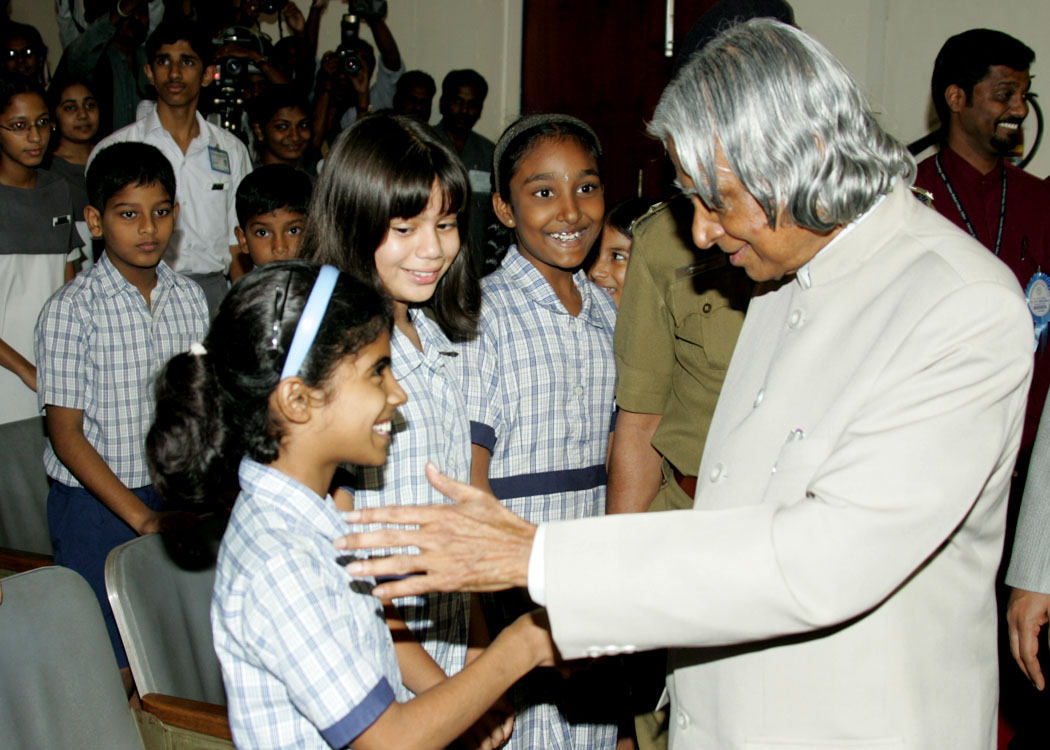

Tuberculosis
There is an effort to bring the entire country under the Revised National Tuberculosis Control Programme (RNTCP). So far, 93% of our country has been brought under this programme and by October the entire country will become part of this programme. This will ensure that at least 75% of the total Tuberculosis cases are detected every year and brought under direct surveillance. The treating agency must ensure that at least 80% success in fully curing the disease is achieved within the year. If this regime is followed continuously for over ten years our tuberculosis load will come down to less than ten per one lakh of population. For achieving this it is also essential to work faster on the development and clearance of new drugs which are in the pipeline.
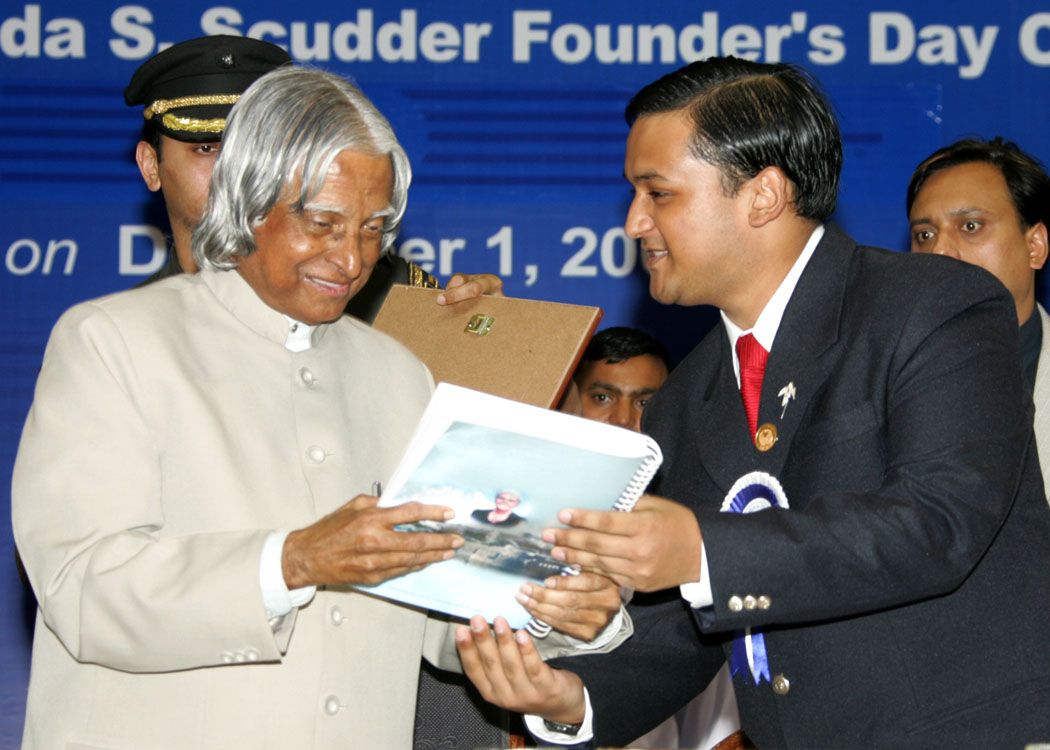

Drug for faster cure of tuberculosis
Modern medicine has always relied on newer scientific inventions. Many of the world inventions have been used by Indian Healthcare Systems, effectively. India has also made significant contributions in developing drugs that are critically required for India. One of the achievements comes from a laboratory of the Council of Scientific and Industrial Research (CSIR). CSIR lab has developed a new therapeutic molecule for Tuberculosis. This molecule has shown the potential to cure TB in around 2 months, as against the standard treatment of 6 to 8 months. This breakthrough is very important. After completing the pre-clinical studies, the molecule transformed into a drug called Sudo-terb is scheduled to undergo clinical trials in humans. This development has been done as a public-private partnership involving the Lupin, the three CSIR Laboratories, namely, Central Drug Research Institute, Indian Institute of Chemical Technology and National Chemical Laboratory, and the University of Hyderabad. It is hoped that the drug will be in the market soon after the clinical trials. In addition to the above, there is also a need to develop a more effective vaccine against tuberculosis. The combined action of surveillance, detection and disciplined treatment have to work together to ensure faster cure of existing cases. Prevention of future cases has to be achieved through R & D efforts of developing new breed of vaccine and medicines. The collaborative action is needed between healthcare personnel, doctors, researchers and the pharmaceutical companies both in the private and public sectors to accomplish this mission.
Malaria
Incidence of Malaria has reduced from 22 lakh to 18 lakh in the period 1998-2003. However, the death cases has increased from 644 to 943. I understand that the conventional medicine used for treatment of Malaria namely Chloroquin has become resistant to Falciparum which causes cerebral Malaria. Our scientific community has developed and produced a drug named Arteether from Artemisinin which has been found to be an effective cure for cerebral Malaria. I understand that this drug is being exported to over forty countries. Also, Ranbaxy has acquired a malarial drug molecule and they are progressing towards clinical trials. The fully developed drug will be available in the market soon. This will be another important milestone in the treatment of Malaria.
Over the years I find that in spite of our efforts there is no rapid reduction in the occurrence of Malaria cases in the country. While taking up new projects it is essential to have multi-faceted inter-sectoral collaboration between various partners so that the impact assessment of the project on new type of diseases can be foreseen and suitable preventive action taken to contain the disease. In addition to this we have to improve the surveillance, develop rapid diagnostic kit and use the conventional prevention methods of spraying to control the vector. International Centre for Genetic Engineering and Bio-technology in collaboration with Bharat Bio-tech has developed a vaccine for Malaria which will go for toxicity trials on animals. There is a need to speed up such projects so that they will benefit the entire community who are affected by Malaria in different parts of the world.
HIV AIDS
It is reported that in India number of HIV infected people is on the increase. It is critical that the transmission of HIV infection is prevented. An effective vaccine that can prevent this disease will be a cost effective tool for control of infectious diseases. There are three Sub Types of Viruses classified as A, B and C. I understand that Indian population is largely affected by sub-type C virus.
There are two candidate vaccines presently considered for use against sub type C virus in our country. In view of the urgency of finding a cost effective vaccine the expert group reviewed the vaccine candidate for HIV sub type C in the pipeline. Adeno-Associated Virus (AAV) based vaccine with HIV-1 sub type C (African strain) developed by Targetted Genetics Corp, USA was found to be in advanced stage of test in different parts of the world. This HIV vaccine (tgAAC09) is now undergoing Phase-I trial for safety and immunogenicity assessment in healthy HIV uninfected volunteers at National AIDS Research Institute, Pune.
The Indian vaccine has been developed by scientists from National Institute of Cholera and Enteric Diseases in collaboration with National Aids Research Institute, Pune and Therion Biologics, USA. This is a recombinant vaccine containing six genes from HIV 1-C strain. This vaccine was developed from the virus isolated from National Aids Research Institute, Pune. This will go into Phase-I trial in healthy uninfected adults at Tuberculosis Research Centre, Chennai during this year. Both these programmes are being progressed as a joint venture between ICMR, National Aids Control Organisation (NACO) and International Aids Vaccine Initiative. In addition to these two vaccines a DNA based vaccine and SFV vaccine are also under development.
Time has, now arrived to take up this development in a mission mode so that an effective vaccine will be available for our country within the next two years. Simultaneously, I would suggest that the medical community must start working on the development of anti-vaccines for sub-type A and B also.
Cancer
The treatment for cancer is prolonged and expensive. A common man in the rural area may not be able to sustain the financial burden. In that respect I am very happy to find that certain institutions like Karunya Nilayam in Kerala is providing free medicines, free noon meals and free accommodation to large number of patients. This is a very important societal mission.
Karunya Nilayam has initiated a programme of screening of children in the rural areas and providing total treatment for over hundred cancer affected children. Such societal missions must be carried out by large number of charitable and philanthropic organisations apart from Government commitment to remove the suffering of the people from this dreaded disease. As a first step we can contain the spread of the disease through education, to know some of the causes needing life style change and removal of environment hazards. As a second step citizens can be advised to report immediately to the Doctor if they find anything disturbing in their routine or anatomy. This is where the periodic screening of all women between the age 35 and 60 through mammogram and papsmear will help against breast and pelvic cancer. Advancement in cancer treatment has resulted in the development of precision radiation and tumor targeted therapies. Latest technique uses nano-technology based genetic transfer. The mobile clinic can also be used for screening the children in the school and the women in villages for early detection of cancer.
Sickle Cell
When I visited Chattisgarh, I was informed by various authorities that sickle cell anemia disease is prevalent in certain tribal areas and even in the adjoining States. I understand over 25 lakh population suffers from this disease. Life expectancy of this population is low and it is reported that this disease is a silent killer.
Sickle cell disease is an inherited condition. Two genes for the sickle hemoglobin must be inherited from one's parents in order to get the disease. A person who receives a gene for sickle cell disease from one parent and a normal gene from the other has a condition called sickle cell trait. Sickle cell trait produces no symptoms or problems for most people. The severity of sickle cell disease varies tremendously. Some people with sickle cell disease lead lives that are nearly normal. Others are less fortunate, and can suffer from a variety of complications. Some of the common symptoms seen in the patients suffering from sickle cell anemia include i) anemia ii) intermittent jaundice iii) severe joint pains iv) recurrent infections. These symptoms appear between the age of four and five and severity increases with advancement of age. The available treatment strategies can be divided into anti-sickling agents, vasoactive drugs, bone marrow transplantation and gene therapy. Dr.Kmiec had shown that the new gene repair technology may hold promise as a treatment for sickle cell anemia and other diseases by correcting the DNA mutation from which they arise. The Medical Researchers have to take up this task in all earnestness and find a comprehensive treatment for this disease. I am telling you because, I am sure many of the graduates passing out from CMC may be taking assignments in various parts of the country where this disease is prevalent. CMC can take up leadership in research to treat and prevent the disease.

Management of Cardiac Diseases
Multi-dimensional solutions are available for management of the diseases based on my discussion with experts. The solutions include medicinal treatment using Statins, which lowers the cholesterol in the blood by reducing the production of cholesterol by the liver. Statins block the enzyme in the liver responsible for making excess cholesterol. However one has to be careful about the side effects and take adequate precautions while treating the patients. The second is through angiography and angioplasty using stents. Advancements in stents have resulted in the introduction of drug quoted stents which hold a tremendous promise in the near perfect of coronary artery disease. I understand that very soon we may have bio-degradable stents. The next generation stents may be nano-stents. If the heart blockage is severe, valve defect and death of cells in the heart due to less blood supply etc. surgical intervention will be necessary or it may lead to treatment using stem cells.
Non-invasive treatment for Coronary Artery Disease: We have all witnessed the treatment of cardiovascular disease moving from very invasive to less invasive methods. In the seventies bypass surgery was the big news, in the eighties it was balloon angioplasty and in the nineties it was the stent.
Now, moving a step further is a totally non-invasive treatment - EXTERNAL COUNTER PULSATION (ECP), a truly non-operative, non-pharmaceutical, safe and effective treatment which has made big news in the west. ECP is FDA (USA) approved and finds reference in medical and cardiology textbooks. Many favorable articles have been published in the Journal of the American College of Cardiology, Cardiovascular Reviews Reports, Cardiology, Mayo Clinical Proc., Clinical Cardiology, Journal of Critical Illness, Journal of External Counter Pulsation, etc. In India, ECP is available at Sibia Medical Centre, Ludhiana besides Escort Heart Institute and Research Centre, New Delhi, Peoples General Hospital, Bhopal, Jamnagar and the International Centre for Cardio Thoracic and Vascular Diseases, Parumala. This is a ripe area for research of the doctors and scientists of CMC, Vellore.

Research towards cost effective treatment
Human disorders can be classified into three broad categories. They are genetic disorders, disorders due to cellular function deficiency and disorders arising out of certain pathogens. I recommend intensive research for developing and producing cost effective treatment regime for the above categories of disorder through
(a) Gene therapy and gene chip research
(b) Stem cell research and
(c) Combination vaccine and pathogen specific
antibiotics
This could lead to cost effective and safe treatment for the needy and improve the quality of life of mankind on this planet. CMC can be the leader or partner in some of these research areas.

Conclusion: Suggestions for CMC Vellore
I would suggest CMC to concentrate on the following areas of research.
(a) A solution for treatment of mentally challenged children is not being looked at in an integrated way. CMC may like to carry out research on the application of stem cell for the treatment of mentally challenged children.
(b) Research on finding why Indians wherever they are, are susceptible to cardiac diseases at an early age.
(c) Research for effective treatment and prevention of sickle disease.
Recently, there was a meeting of cured patients, their doctors and a few social workers. One important point emerged during the interaction was that the relationship between the patient and doctor extends to patients? family. This in turn, transmits effective messages from one family to another family on advice to prevent diseases, necessity of periodic checks, the dietary habits and the need for life style changes including exercise for good health. Actually, I believe this good contact between the doctor and patients is comparable to that of a teacher and student. I request every doctor of CMC to play the role of a teacher in advising every family on disease prevention and methods to lead a healthy life. I hope you will find time for this noble action.
The mission of offering the best available patient care, the most sophisticated education to physicians and patients and be the leader in medicare is indeed a very challenging task. This mission demands highest of the human capabilities in intelligence, innovation and perseverance.
My best wishes to all the members of CMC Vellore in their mission of providing equitable healthcare to all the citizens of this region and developing quality healthcare human resource for the nation.
May God bless you.
<<Back
|
|